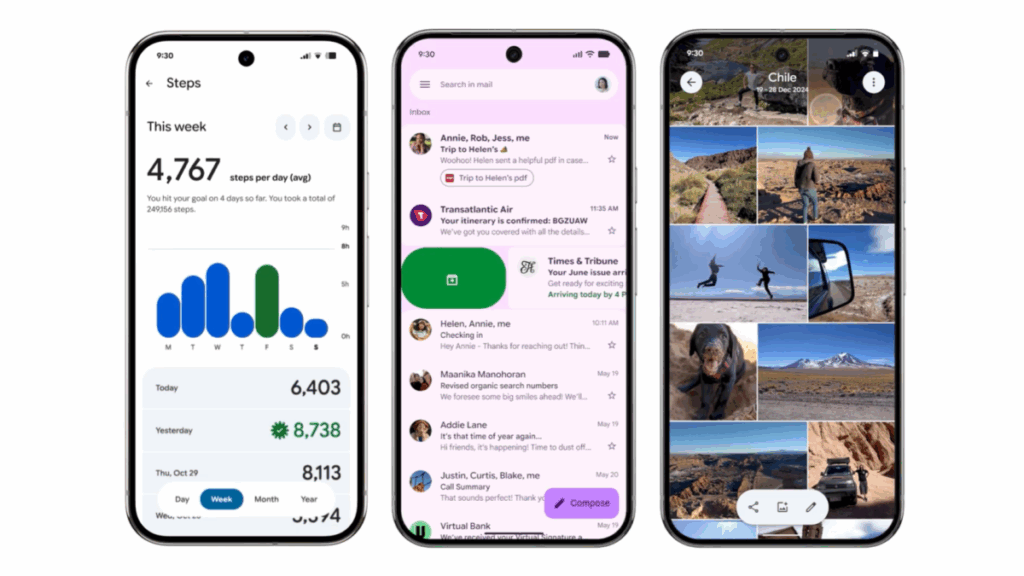The battle for mobile operating systems has just become more interesting. Google surprises the tech world by launching Android 16 just days after Apple reveals iOS 26. This early rollout signals a new strategy from Google to accelerate software updates and deliver fresh features faster.
What’s Happening & Why This Matters
Google officially releases Android 16 on its Pixel devices earlier than usual. Historically, Android updates have been released in September, aligning with Apple’s iOS launch. However, this year, Google speeds things up, aiming for more timely integration with new device launches.
Sameer Samat, Google’s President of the Android Ecosystem, explains that the decision helps developers catch and fix issues throughout the year. “It avoids the crunch time of last-minute bugs,” Samat tells Android Police. This smoother process means users get more polished updates sooner.
At launch, Android 16 is exclusive to Pixel 6 and later models. Other manufacturers, such as Samsung, will deliver the update later. This staggered rollout keeps Pixel users at the forefront but promises broader availability down the line.

The update introduces personalized design tweaks. Users can now customize colors and fonts deeper than before. The Quick Settings menu has been refreshed for faster access. Plus, Live Updates from apps provide real-time information right on the lock screen, enhancing usability.

Google announced the final release just hours after Apple’s WWDC keynote, almost cheekily posting on X, “It’s almost time for the Android 16 final release! See you back here tomorrow 😉.” This timing underscores Google’s intent to capture attention amid Apple’s high-profile event.
With Android 16’s earlier launch, Google hopes to stay competitive, delivering innovative features and a more responsive user experience before iOS 26 even hits the market.
TF Summary: What’s Next
Google’s accelerated rollout of Android 16 presses the update timing for mobile OSes. Users with Pixel phones gain early access to new personalization and productivity features. Third-party device owners should prepare for a wait but can expect updates in due course.
This strategy pushes OS makers to reconsider their release schedules. Android 16 established a new pace for innovation and user engagement in 2025.
— Text-to-Speech (TTS) provided by gspeech


